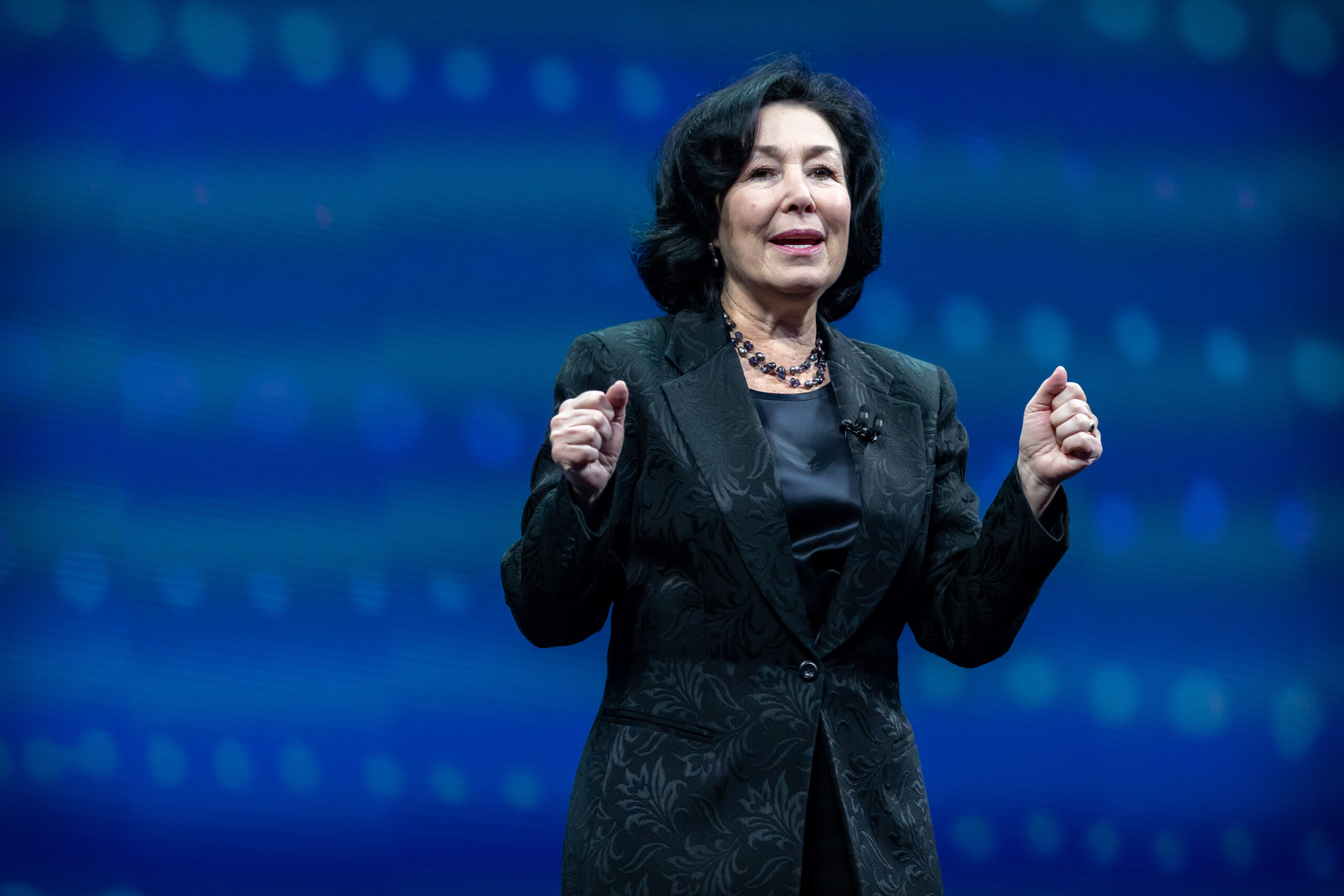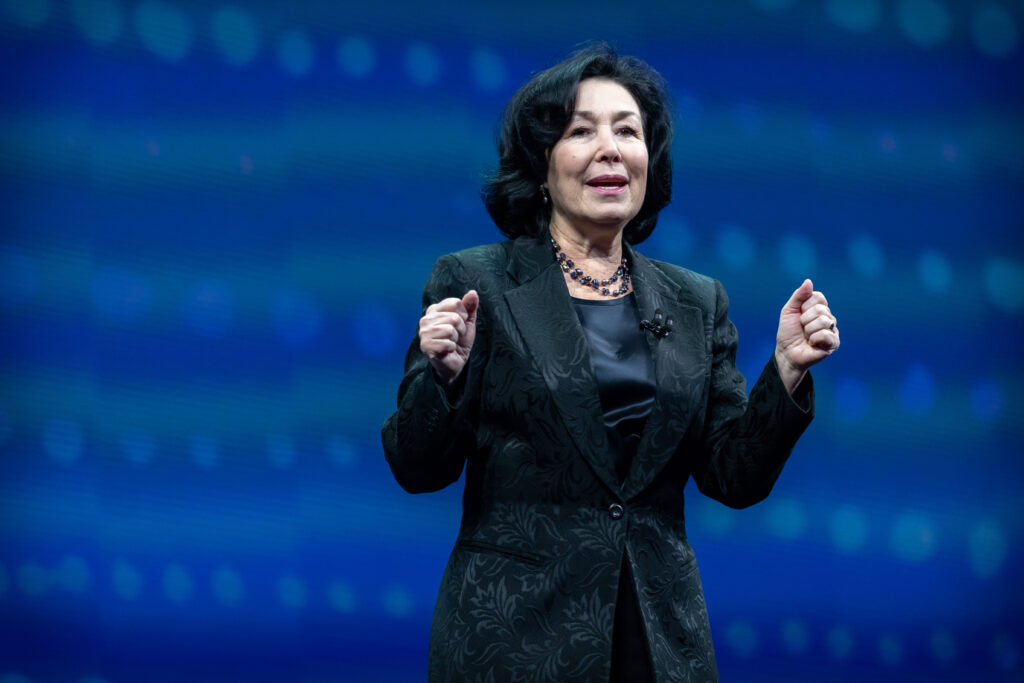Oracle has announced its fiscal 2024 Q2 results with total quarterly revenues up 5 percent year-over-year in USD and up 4 percent in constant currency to $12.9bn, compared to $12.3bn in the same period in 2023.
However, this missed analysts’ forecasts as LSEG estimates predicted total quarterly revenues of $13.05bn.
“Demand for our Cloud Infrastructure and Generative AI services is increasing at an astronomical rate,” said Safra Catz, Oracle CEO. “As a measure of that demand, Oracle’s total Remaining Performance Obligations (RPO) climbed to over $65bn – exceeding annual revenue. Our cloud businesses are now at nearly a $20 billion-dollar annual revenue run rate, and cloud services demand continues to grow at unprecedented levels. Business is good and getting better.”
Cloud services and license support revenues were up 12 percent in USD and up 11 percent in constant currency to $9.6bn. Oracle Cloud Infrastructure (OCI) consumption revenue was also up 71 percent. Cloud license and on-premise license revenues were down 18 percent in USD and down 19 percent in constant currency to $1.2bn, compared to last year, when it was up 23 percent.
With Nvidia’s graphics processing units being in short supply while the chipmaker is working to address the shortage, Catz explained on the analyst call that the company did not bring up as much capacity as it could have this past quarter.
“We had to make some audible calls on the field to decide how to allocate, whether to build something small, which was available, which could have recognized revenue right in the quarter or instead, to go much bigger and wait until some larger capacity was going to be available,” she said.
As one example of growing demand, Larry Ellison, chairman and chief technology officer of Oracle, explained that companies’ needs are spiking and while Oracle had enough Nvidia GPUs for Elon Musk’s company, xAI, to bring up the first available version of its large language model, Grok, they wanted a lot more GPUs than Oracle could supply.
“So, the demand, we got that up pretty quickly…They were able to use it, but they want dramatically more as there’s this gold rush toward building the world’s greatest large language model. And we are doing our best to give our customers what we can this quarter and then dramatically increase our ability to give them more and more capacity each succeeding quarter,” Ellison said.
As demand for Oracle Cloud Infrastructure and generative AI is increasing quarter after quarter, the company announced it has built 100 additional cloud data centers because there are billions of dollars more in contracted demand.
The company also announced that in the next few months, it will turn on 20 new Oracle Cloud data centers co-located with and connected to Microsoft Azure as a part of its joint multi-cloud initiative. Several nation-states have ordered multiple sovereign data centers to be built within their country, including Japan, Italy, Saudi Arabia, Bangladesh and New Zealand.




